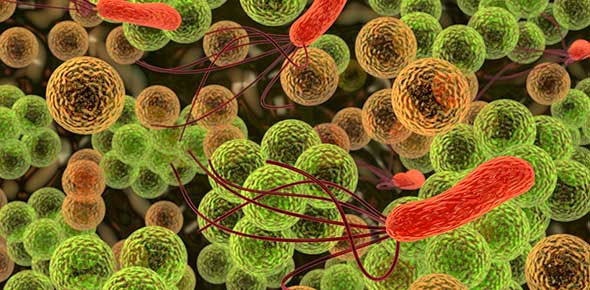Related Flashcards
Related Topics
Cards In This Set
| Front | Back |
|
Protein synthesis and how does it occur?
|
*Protein synthesis is the assembling of functional polypeptides in the cytoplasm.
*Protein synthesis occurs through trnaslation, the formation of a linear chain of amino acids, using the information provided by an mRNA strand.
*Provide the physical link between codons and amino acids.
|
|
TRNA
|
The amino acids are provied by tRNA - mobile type of RNA. Each tRNA molecule binds and delivers an amino acid of a specific type. Has a tail that binds amino acid. Interacts with mRNA strand.
|
|
MRNA
|
Czxc
|
|
Translation - protein synthesis
Step 1
|
1. mRNA strand binds to a small ribosomal subunit. The start codon of the mRNA always has the base sequence AUG. It binds to tRNA with the complementary anticodon sequence UAC.
|
|
Translation - protein synthesis
Step 2
|
2. When tRNA biding occurs, a large ribosomal subunit joints the complex the create a complete ribosome.
|
|
Translation - protein synthesis
Step 3
|
3. A second tRNA arrives at the second tRNA binding site of the ribosome and its anticodon binds to the next codon of the mRNA strand.
TWo mRNA codons are read by a ribosome at any one time.
|
|
Translation - protein synthesis
Step 4
|
4. Enzymes of the large ribosomal subunit break the linkage between the tRNA and its amino acid.
|
|
The two main lipids found in the structure of the plasmalemma are
|
Cholesterol and phospholipids.
|
|
The plasmalemma is said to be selectively permeable because
|
They allow the free passage of some materials and restrict the passage of others
|
|
The movement of solutes from an area of high concentration to an area of lower concentration is an example of
|
Diffusion
|
|
The movement of water molecules from an area of high concentration to an area of lower concentration is an example of
|
Osmosis
|
|
A solution that contains a solute concentration greater than that in a cell is said to be
|
Hypertonic
|
|
Hemolysis occurs when a red blood cell is placed in a(n)
|
Hypotonic solution
|
|
Facilitated diffusion is
|
A process in which a molecule is carried across a membrane with the help of membrane-bound carriers.
|
|
Active transport is
|
A process that requires ATP to pump molecules across a membrane against a concentration gradient.
|






